Introduction des outils Hydrumatic Retriever
Les outils de récupération hydrauliques sont indispensables dans la maintenance industrielle, rationalisant les processus grâce à des technologies hydrauliques avancées. Ils améliorent l’efficacité du travail et assurent la sécurité opérationnelle.
Le rôle des outils de récupération hydraulique dans la maintenance industrielle
Ces outils réduisent considérablement les temps d’arrêt des machines et créent un environnement de travail plus sûr. Ils manipulent efficacement des pièces lourdes et complexes avec un contrôle précis.
Comprendre les bases : Qu’est-ce qu’un outil Hydrumatic Retriever ?
Les outils de récupération hydraulique exploitent de puissants systèmes hydrauliques pour extraire ou installer divers composants de machines industrielles. Leur efficacité et leur précision les rendent indispensables dans le domaine de la maintenance.
L’outil Hydrumatic Retriever dévoilé
En combinant la conception mécanique et la puissance hydraulique, les outils de récupération hydromantic améliorent efficacement la qualité et la rapidité de la maintenance industrielle. Leur utilisation allège considérablement le fardeau du travail physique.
Définition et fonctionnalités de base
L’essence d’un outil de récupération spectaculaire est son utilisation d’un liquide à haute pression pour générer une force. Cette force est utilisée pour extraire ou placer des composants fixes ou difficiles à atteindre, améliorant ainsi considérablement l’efficacité du travail.
L’évolution des outils Hydrumatic Retriever dans l’industrie
Les outils de récupération hydrauliques ont subi de nombreuses itérations, de leurs modèles les plus simples aux conceptions high-tech d’aujourd’hui. Les versions modernes sont plus puissantes, durables et conviviales.
Conception et ingénierie d’outils de récupération hydrauliques
Les ingénieurs se concentrent sur la durabilité et la fonctionnalité lors de la conception d’outils de retriever hydromantiques. Ils améliorent continuellement leurs conceptions pour assurer la stabilité dans des conditions de travail extrêmes.
Anatomie d’un outil de récupération hydraulique
Un outil de récupération hydraulique typique se compose de plusieurs composants clés, notamment une pompe hydraulique, un piston, un cylindre et des vannes de commande. Ces pièces fonctionnent ensemble pour obtenir de puissantes capacités de récupération et de placement.
Principales percées en ingénierie dans le domaine de la technologie hydraulique
Dans le domaine de la technologie hydraulique, les principales percées techniques comprennent des systèmes de pompage plus efficaces, une technologie d’étanchéité plus durable et des matériaux légers et à haute résistance. Ces innovations améliorent les performances de l’outil et la sécurité de l’opérateur.
Sélection des matériaux pour des performances optimales
Le choix des bons matériaux est essentiel pour garantir les meilleures performances des outils de récupération spectaculaires. Le choix des matériaux ne tient pas seulement compte de la résistance, mais aussi de la résistance à la corrosion et de la tolérance aux hautes températures.
Mécanique opérationnelle
La mécanique de fonctionnement d’un outil de récupération hydraulique est simple et directe : en contrôlant la pression du fluide hydraulique, le piston est entraîné pour se déplacer, ce qui permet une récupération et un placement précis des composants.
Comment fonctionne l’outil Hydrumatic Retriever : un processus étape par étape
L’utilisation d’un outil de récupération hydraulique commence par un positionnement précis, suivi de l’activation du système hydraulique pour générer une force motrice, et enfin de la récupération ou de l’installation des composants avec un contrôle précis.
Systèmes hydrauliques : la puissance de la récupération
Le système hydraulique est au cœur de l’outil de récupération hydraulique, fournissant la puissance nécessaire. Il transforme efficacement la pression du fluide en force mécanique, entraînant l’outil à effectuer des tâches d’entretien précises.
La sécurité d’abord
Lorsque vous travaillez avec des outils de récupération hydraulique, la sécurité doit toujours être la priorité absolue. Ces outils sont capables d’exercer une force énorme et sont souvent utilisés dans des environnements où des machines lourdes fonctionnent. Par conséquent, des protocoles de sécurité rigoureux sont essentiels pour protéger l’opérateur et l’équipement.
Protocoles de sécurité pour l’utilisation des outils Hydrumatic Retriever
Pour assurer le fonctionnement en toute sécurité des outils de récupération hydraulique, plusieurs protocoles de sécurité doivent être respectés :
- Formation: Les opérateurs doivent recevoir une formation approfondie sur l’utilisation des outils de récupération hydraulique, y compris la compréhension du fonctionnement des outils et des risques potentiels encourus.
- Inspection: Avant utilisation, les outils doivent être inspectés pour détecter tout signe de dommage ou d’usure qui pourrait entraîner une défaillance. Cela comprend la vérification de l’intégrité des tuyaux, des raccords et des joints.
- Équipement de protection individuelle (EPI) : Les opérateurs doivent toujours porter des EPI appropriés, tels que des lunettes de sécurité, des gants, des bottes à embout d’acier et des casques de protection, en fonction des exigences spécifiques du travail.
- Préparation de la zone : La zone de travail doit être exempte de personnel et d’obstacles inutiles. Un éclairage et une ventilation adéquats sont également importants.
- Fixez la pièce : Le composant récupéré ou installé doit être solidement maintenu en place pour éviter tout mouvement pendant l’opération.
- Utilisation des fonctions de sécurité : De nombreux outils de récupération hydraulique sont équipés de fonctions de sécurité intégrées telles que des soupapes de surpression et des mécanismes de verrouillage. Ceux-ci doivent toujours être enclenchés et vérifiés avant utilisation.
- Surveillance de la pression : Les opérateurs doivent surveiller la pression hydraulique tout au long de l’opération pour s’assurer qu’elle reste dans les limites de sécurité.
- Procédures d’urgence : Un ensemble clair de procédures d’urgence doit être établi et compris par tous les opérateurs en cas de défaillance de l’équipement ou d’autres événements imprévus.
L’importance des matériaux anti-étincelles dans les environnements corrosifs
Dans les environnements où des gaz ou des liquides inflammables sont présents, l’utilisation de matériaux non étincelants devient d’une importance cruciale. Cela inclut la construction d’outils de récupération spectaculaires, en particulier lorsqu’ils sont utilisés dans des environnements volatils comme les plates-formes pétrolières, les usines chimiques ou les endroits où des matériaux explosifs sont manipulés.
- Sélection des matériaux : Les outils doivent être fabriqués à partir de métaux non ferreux tels que le bronze, le laiton ou des alliages spéciaux qui ne créent pas d’étincelles lors de l’impact ou du frottement.
- Résistance à la corrosion : Les matériaux qui ne produisent pas d’étincelles sont également souvent plus résistants à la corrosion, ce qui est crucial dans les environnements où les produits chimiques ou les substances corrosives sont répandus.
- Entretien régulier : Les outils anti-étincelles nécessitent un entretien régulier pour s’assurer que leurs propriétés anti-étincelles sont préservées, en particulier dans les environnements corrosifs où les surfaces des outils peuvent se dégrader avec le temps.
- Évaluation du risque: Une évaluation complète des risques doit être effectuée pour déterminer les dangers potentiels de l’utilisation d’outils de récupération hydromantique dans des environnements spécifiques et pour décider des matériaux anti-étincelles appropriés.
- Certification: Les outils doivent être certifiés pour une utilisation dans des environnements dangereux, confirmant qu’ils répondent aux normes et réglementations de sécurité nécessaires.
En adhérant à ces protocoles de sécurité et en comprenant l’importance des matériaux qui ne produisent pas d’étincelles, les opérateurs peuvent s’assurer que les outils de récupération hydromantique sont utilisés de manière sûre et efficace, minimisant ainsi le risque d’accidents ou d’endommagement de l’équipement.


.jpg)
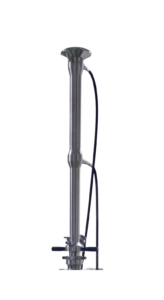
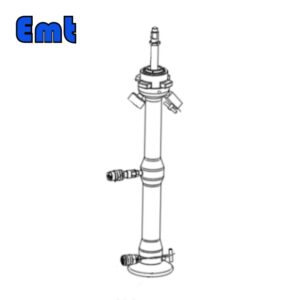
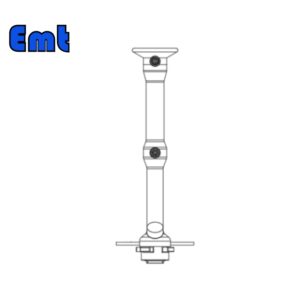
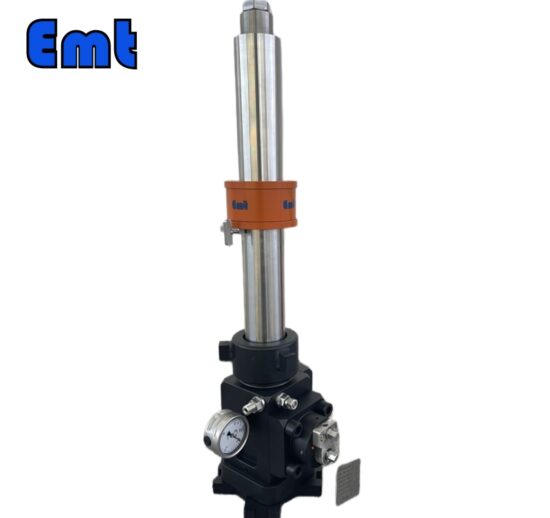
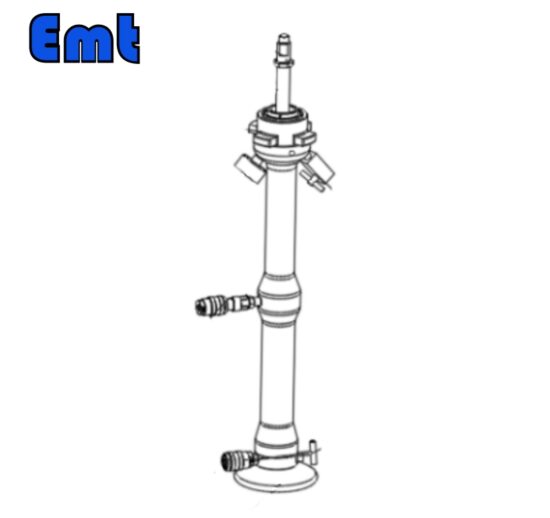
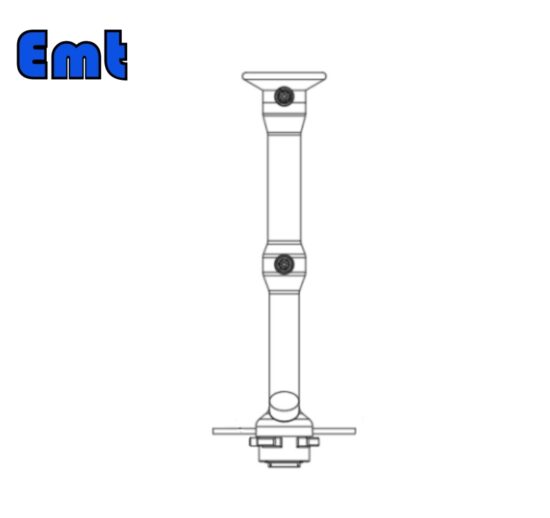
Il n’y a pas encore d’avis.